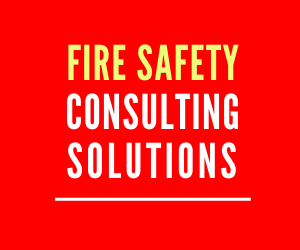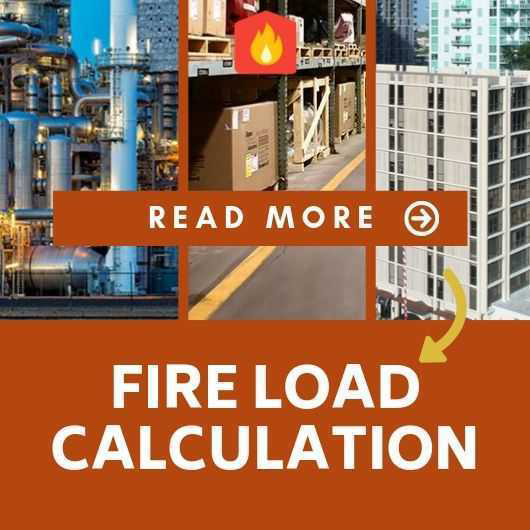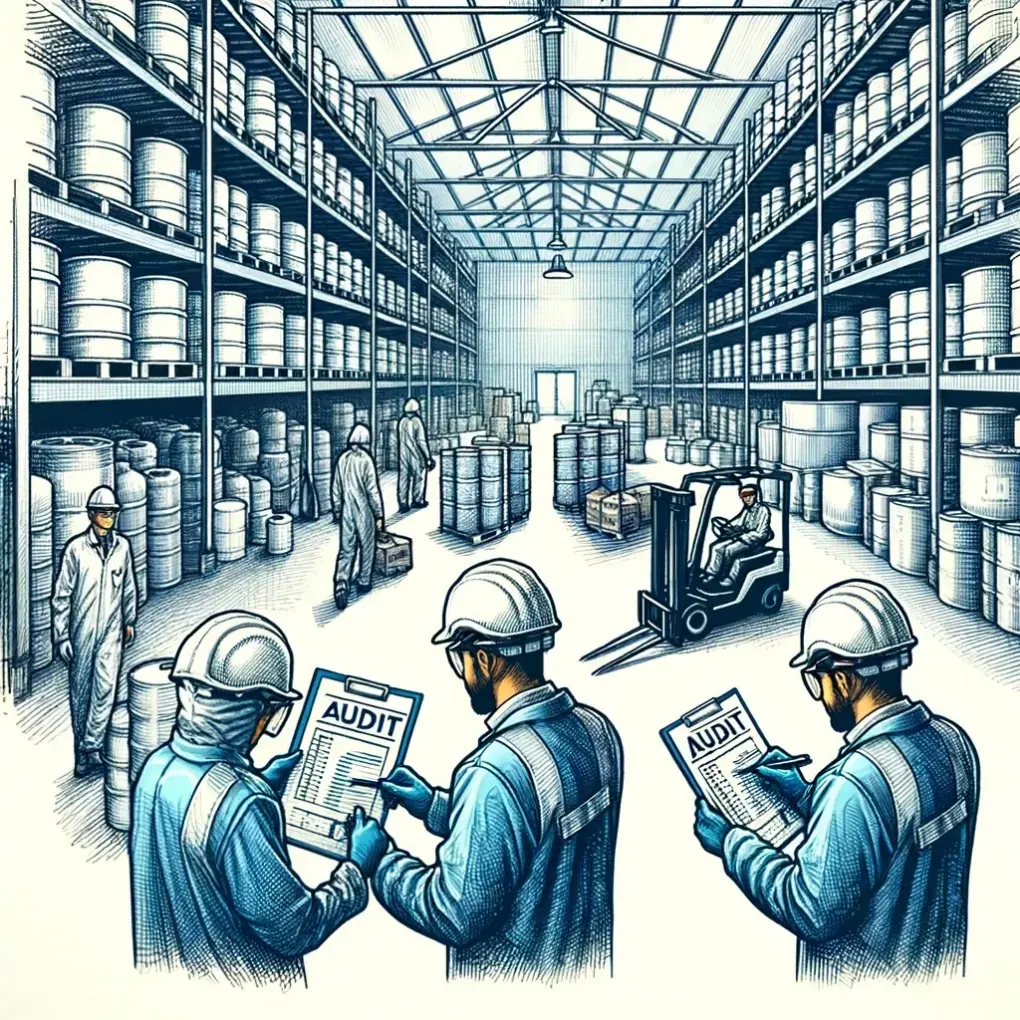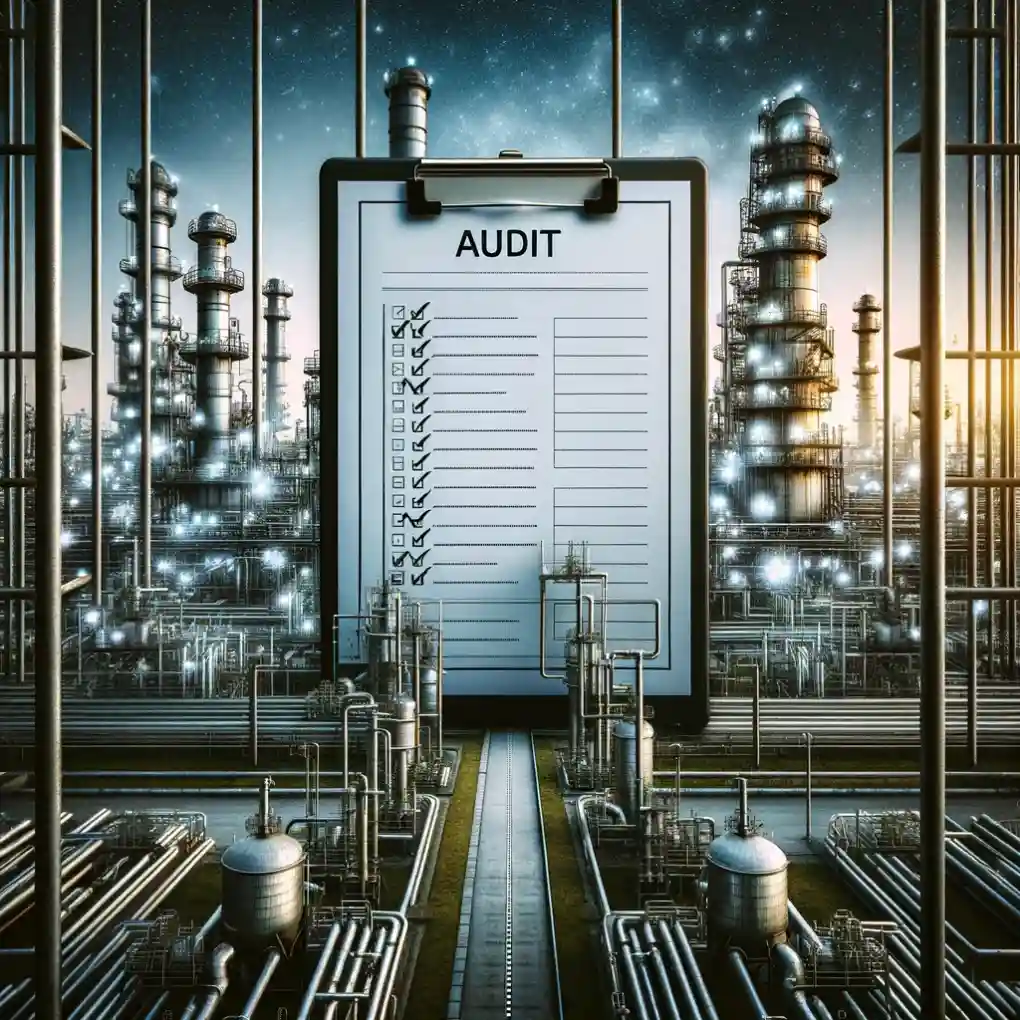Consultivo Blog | Impact Stories
Challenge – Fire Safety in Hotels
Hotel Fire Safety Risks | The resort and spas, nestled amidst 40 to 50 acres of scenic splendour, faced the constant need to ensure guest and staff safety amidst potential fire hazards. The intricate layout of hotel buildings, huge furniture and furnishing content, diverse facilities, and reliance on flammable fuel sources like LPG demanded a comprehensive fire safety assessment.
Solution for Hotel Fire Safety
Consultivo conducted a detailed and customised fire load calculation, workplace assessment, and hotel fire safety audit encompassing:
- Detailed on-site inspection: Every area, from guest rooms and kitchens to electrical rooms and the LPG bank, underwent thorough scrutiny.
- Fire load calculation: Accurately determining the combustible material present in each space for targeted risk mitigation.
- Compliance evaluation: Assessing adherence to international hotel chain safety protocols and relevant BIS standards.
- Emergency response review: Analysing the fire safety in hotels, firefighting equipment, fire alarm system, and emergency response procedures.
Outcome
The audit revealed both strengths, areas for improvement and recommendations:
- Strengths: Our report identifies areas where the hotel has considerable fire risks but they have adequate and effective controls over the risks.
- Areas for improvement: Our report elaborates areas, issues, processes and practices where fire risk mitigation measures are not adequately in place and there is a gap against requirements (codes, standards, guidelines, norms, rules, regulations, industry best practices etc.).
- Recommendations: The practical and precise directions provided against each gaps or areas of improvement that lead to concrete action plans.
Standards Adherence
The assessment emphasised compliance with their corporate guidelines, NBC-2016, Fire Safety Norms, IS-2189: Automatic Fire Detection and Alarm System, IS 13716: Code of practice for fire safety of hotels, IS 2190: First Aid Fire Extinguishers, the Explosive Act, and Earthing code practices, prioritising legal compliance and guest safety.
Value Created for Resort & SPA brand and facilities
- Enhanced safety: Identified and addressed potential fire hazards, creating a safer environment for guests and staff.
- Reduced risk of fires: Provided actionable recommendations for mitigating identified risks, minimising the likelihood of fire incidents.
- Lower impact potential: The assessment and recommendations were primarily based on the calculation of fire load. This scientific approach helps in reducing the severity element of fire risks.
- Improved regulatory compliance: Ensured adherence to relevant fire safety standards and regulations, fire norms, avoiding potential legal repercussions.
- Increased confidence: Provided the hotel with a clear roadmap for continuous safety improvement, boosting confidence in their risk management strategies.
Lessons Learned
- One of the most critical and unique points to consider is the dynamic and diverse nature of the hotel environment that influences fire safety in a hotel heavily.
- Tailored solutions are key: A one-size-fits-all approach wouldn’t work. The hotel fire safety assessment focused on the resort’s specific layout, infrastructure facilities, and fuel sources.
- Continuous improvement of hotel fire safety is vital: Regular maintenance of fire protection systems, housekeeping practices, and staff training are crucial for ongoing safety.
This hotel fire safety risk assessment and the fire audit demonstrates how a proactive approach to identifying and mitigating fire risks can significantly enhance safety and preparedness in a renowned hotel chain.
By adhering to strict standards and implementing tailored solutions, Consultivo helped create a safer facility for guests and staff, boosting confidence and peace of mind.
Ensuring Hotel Fire Safety Excellence: Our Approach to Diverse Hospitality Environment
When conducting a hotel fire safety audit, one of the most critical and unique points we considered is the dynamic and diverse nature of the hotel environment.
Hotels typically have a combination of public spaces, guest rooms, restaurants, kitchens, conference rooms, parking areas, and more. Each of these areas presents distinct fire safety challenges. Here are some key considerations:
Fire Safety in Hotels – Guest Evacuation Plans
- Hotels often have a large number of guests, and some may not be familiar with the layout of the building. Ensuring clear and effective evacuation plans, along with well-marked exit routes, is critical. The audit assesses the effectiveness of these plans and the ease with which guests can evacuate in case of an emergency.
Hotel Fire Detection and Suppression Systems
- The hotel fire safety audit thoroughly evaluated the effectiveness of fire detection and suppression systems throughout the entire hotel. This includes the functionality of smoke detectors, sprinkler systems, fire extinguishers, and other fire fighting equipment.
Kitchen and Cooking Areas
- Hotels typically have kitchens that can pose unique fire risks due to the use of cooking equipment and flammable materials. The hotel fire safety audit focuses on the building fire safety measures in place in these areas, including proper ventilation, fire suppression systems, and staff training.
Public Spaces and Assembly Areas
- Public spaces such as lobbies, conference rooms, and banquet halls may have different occupancy loads. Ensuring that these areas comply with fire safety regulations, have clear emergency exit signage, and can accommodate a large number of people safely is crucial.
Electrical Systems
- Assessing the electrical systems in the hotel is essential, as electrical fires can be a significant risk. This includes checking for overloaded circuits, ensuring proper grounding, and evaluating the maintenance of electrical equipment.
Emergency Lighting
- In the event of a power outage during a fire, emergency lighting becomes crucial for safe evacuation. The audit verifies the functionality of emergency lighting systems and their coverage in all necessary areas.
Special Events and High-Occupancy Periods
- Hotels often host special events or experience high occupancy during certain periods. The audit considered the additional challenges posed by these situations, such as increased demand on facilities, higher fire loads and the need for heightened hotel fire safety measures.
Training and Drills
- Employee training and regular fire drills are critical in ensuring a swift and organised response in case of a fire. The assessment evaluated the effectiveness of training programs and the frequency and realism of fire drills.
External Factors for Hotel Fire Safety
- Considerations are given to external factors such as proximity to other buildings, access for emergency services, and the availability of firefighting resources.
Given the multifaceted nature of hotels and hospitality industry, the fire safety audit was comprehensive, addressing the unique challenges posed by different areas within the establishment.
Regular reviews and updates to hotel fire safety protocols as well as fire loads are essential to maintain a high level of safety in a dynamic hotel environment.
Explore more solutions:
Share this post
Category: Blog
Tags: Safety, Fire Safety
Related insights
Impact Stories
Impact Stories
Impact Stories
Impact Stories
Impact Stories
Impact Stories
View more in Impact Stories | Blogs | Knowledge Bank | News and Events













